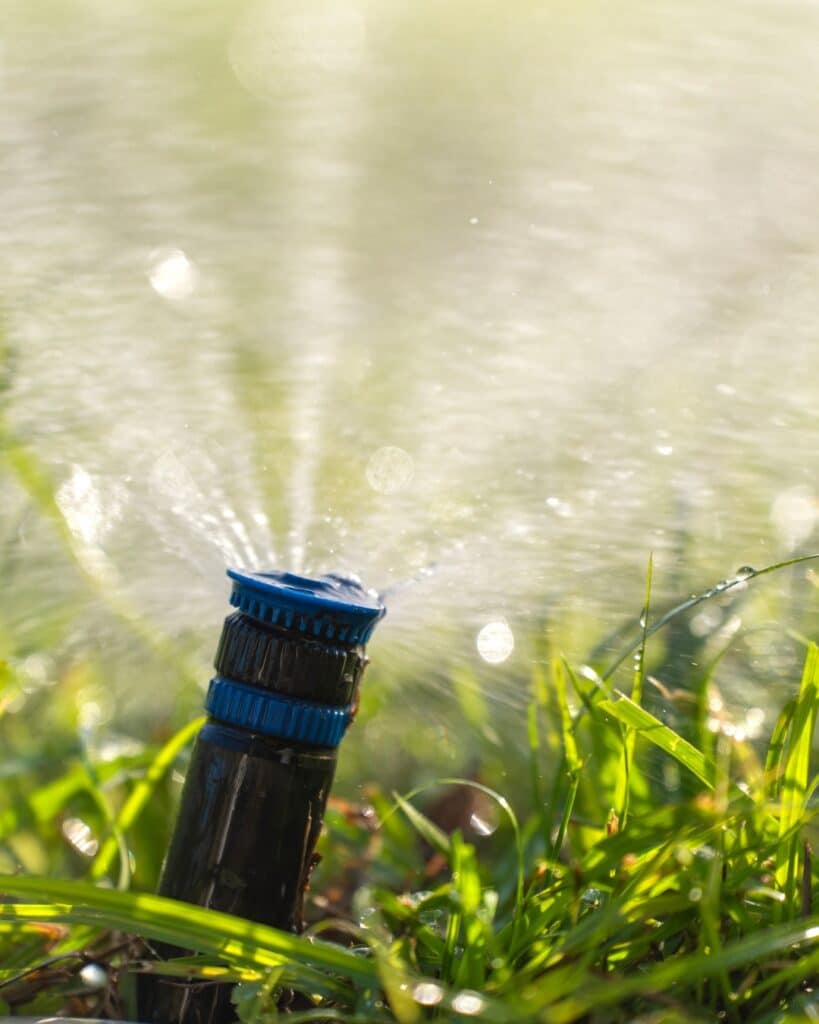When winter rolls into Fort Lupton, CO, lawn care often takes a back seat to snow removal and indoor maintenance. Many homeowners assume that once temperatures drop, their grass no longer needs watering—but that’s not entirely true. Even though your lawn’s growth slows down or becomes dormant, its root system still needs occasional moisture to stay healthy and strong through the cold months.
As one of the leading providers of lawn care and maintenance near you, Landscape Design & Lawn Irrigation explains when, why, and how to water your lawn in the winter to protect your investment year-round.
Why Does Winter Watering Matters?
Fort Lupton’s semi-arid climate means moisture can evaporate quickly, even in colder weather. Long periods without rain or snow can dry out the soil, leading to root dehydration, brown patches, and damage that becomes evident in spring.
Watering your lawn occasionally during winter helps:
-
Maintain root strength and prevent dormancy damage.
-
Reduce desiccation (drying caused by cold winds).
-
Support new sod installation by keeping the soil stable and hydrated.
-
Prevent soil compaction and improve spring growth recovery.
When to Water Your Lawn in the Winter?
While your lawn doesn’t need frequent watering, timing and conditions are critical for success. Here’s how to do it right:
Water on Mild Days
Choose a sunny, above-freezing afternoon—ideally when temperatures reach 40°F or higher. This allows the water to soak in before it can freeze overnight.
Water During Dry Spells
If your lawn goes more than three to four weeks without snow or measurable rain, it’s time to water. Dry winters are common in Fort Lupton, so keep an eye on the weather.
Focus on Root Zones
You don’t need to water the entire yard heavily. Aim to moisten the top 2–3 inches of soil, which is where most root activity occurs during dormancy.
Avoid Watering When:
-
The ground is frozen or covered in snow.
-
There’s been recent rainfall or snowmelt.
-
Daytime temperatures stay below freezing for several days in a row.
How Much Water Does Your Lawn Need?
Experts recommend about ½ inch of water per week during extended dry periods in winter. This is significantly less than summer watering needs but enough to keep the roots hydrated.
If you’re unsure whether your lawn needs water:
-
Check the soil: Insert a screwdriver or small spade 2–3 inches deep. If the soil feels dry, it’s time to water.
-
Inspect new sod: If you’ve recently had sod installation in Fort Lupton, CO, it may require slightly more frequent watering until it establishes fully, even during winter.
Winter Lawn Care Tips for Fort Lupton Homeowners
-
Shut off and drain your irrigation system: This prevents pipes from freezing and bursting.
-
Use a hose for occasional watering: For small lawns or dry patches, hand watering is often sufficient.
-
Avoid overwatering: Too much moisture can lead to root rot or fungal growth in cold conditions.
-
Aerate and fertilize before winter: This promotes deeper root growth and better moisture absorption when watering.
A little care now can make a big difference come spring—your lawn will green up faster, recover from dormancy sooner, and resist pests and disease more effectively.
Professional Winter Lawn Care in Fort Lupton, CO
At Landscape Design & Lawn Irrigation, we provide full-service landscaping and lawn care solutions to keep your yard healthy through every season. Whether you need winter watering guidance, sod installation, or seasonal maintenance, our team is here to help.
We specialize in designing water-efficient landscapes and irrigation systems that align with Colorado’s unique climate and local water restrictions. From smart irrigation controllers to custom lawn care plans, we help Fort Lupton homeowners save water while maintaining lush, resilient lawns year-round.
Ready to Protect Your Lawn This Winter?
Don’t let dry weather undo your summer progress. Contact Landscape Design & Lawn Irrigation today for expert advice and reliable landscaping services near you.
Call now to schedule your winter lawn maintenance consultation and keep your property healthy, green, and ready for spring growth.
Frequently Asked Questions:
1. Do I really need to water my lawn in the winter?
Yes—if there’s no snow or rain for several weeks and the temperature is above freezing. Occasional watering prevents root dehydration and keeps your lawn healthy through dormancy.
2. How often should I water in winter?
Typically once every 3–4 weeks during dry conditions. Always water midday on a warm, sunny day so the soil can absorb the moisture before freezing temperatures return.
3. What happens if I don’t water my lawn during winter?
Without occasional watering, roots can dry out, leading to brown or patchy areas that may not recover in spring. This is especially common in new sod or high-exposure lawns.
4. Should I run my sprinkler system during winter?
No. Sprinkler systems should be shut off and winterized to prevent frozen pipes and costly repairs. Instead, use a hose-end sprinkler or manual watering when needed.
5. Can I water newly installed sod in winter?
Yes—but carefully. New sod needs consistent moisture until roots establish. Water lightly during warm afternoons when soil temperatures are above freezing.
6. When should I start watering regularly again?
Resume your normal watering schedule in early spring (March–April) when soil temperatures rise and your grass begins active growth again.

